Premium Only Content
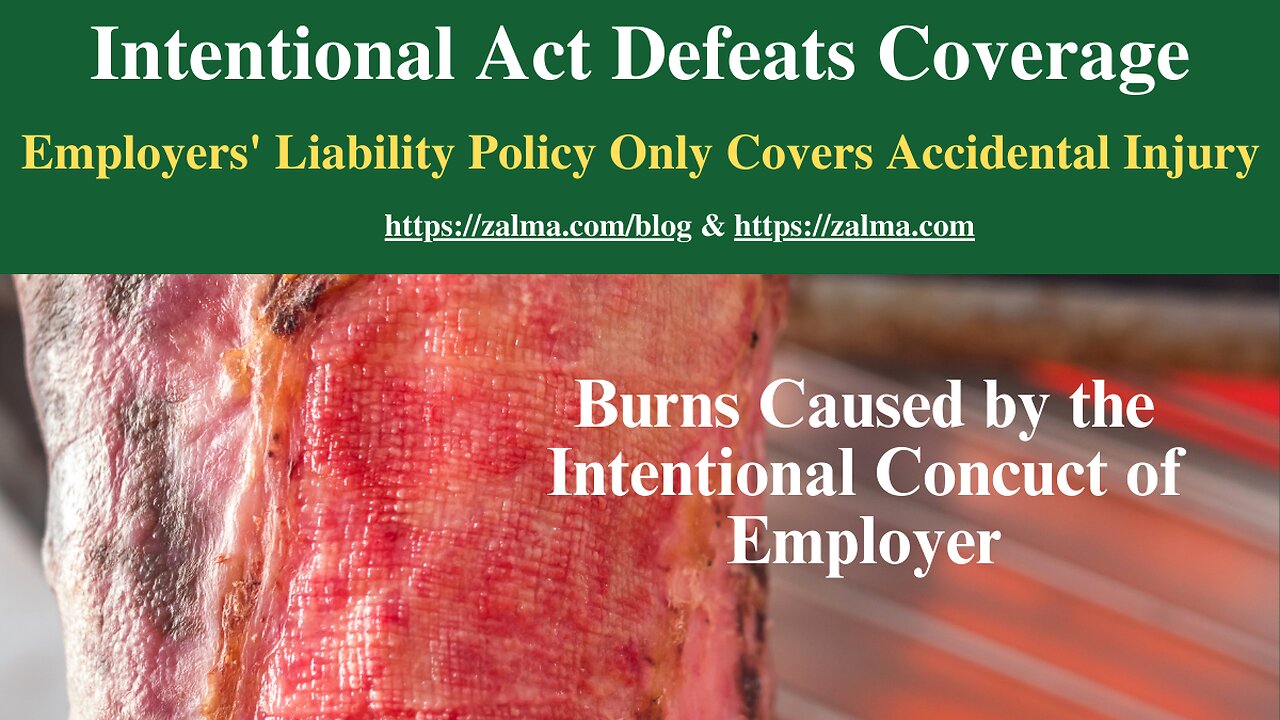
Intentional Act Defeats Coverage
Employers' Liability Policy Only Covers Accidental Injury
In Graphic Packaging International, LLC v. Everest National Insurance Company, No. N22C-03-192 AML CCLD, Superior Court of Delaware (May 8, 2023) the plaintiff sought coverage under an employers' liability insurance policy for losses the plaintiff incurred litigating and settling a workplace injury action filed by its employee.
The insurance policy provided coverage only for "bodily injury by accident." In the underlying litigation, the employer faced a claim that it knowingly engaged in conduct that was substantially certain to injure its employee. The employer settled the underlying litigation shortly before trial, and the insurance company denied coverage for the settlement on the basis that the litigation involved a claim for intentional tortious conduct, rather than a claim for an accidental injury within the scope of the policy's coverage.
Under settled Texas law, Texas's workers' compensation law when the employer commits an intentional tort the exclusive remedy does not apply. Accordingly, the only claim the employee brought in the underlying litigation was that the employer's conduct "[rose] to the level of an intentional tort."
FACTUAL BACKGROUND
Plaintiff Graphic Packaging International ("Graphic") or ("GPHC") makes sustainable paper-based packaging solutions for a variety of food, beverage, food-service, and other consumer products companies. GPHC's primary insurer, Arch Insurance Company ("Arch"), issued a Workers' Compensation and Employers' Liability policy to GPHC and Graphic (the "Arch Policy"). The Arch Policy contained a $1 million per occurrence limit and provided two separate coverages. In Part One, the Arch Policy insured Graphic's obligations under state workers' compensation laws. In Part Two, the Arch Policy insured Graphic for employee injury claims outside of workers' compensation.
Everest National Insurance Company ("Everest") provided a Commercial Umbrella Liability Policy to GPHC and its subsidiaries, including Graphic (the "Everest Policy"). The Everest Policy contained a $25 million per occurrence coverage limit in excess of the Arch Policy.
The Arch Policy (which Everest followed) excluded coverage for "bodily injury intentionally caused or aggravated by [Graphic]."
The Crompton Action
Montgomery Crompton ("Mr. Crompton"), a Graphic employee, sustained an injury while working at a Graphic paper mill in Texas. During steam production, it was important that a sudden intense release of steam, known as a "blowdown," occur. In July 2018, a hole developed in the blowdown header, requiring placement of a temporary steel patch until the mill could be shut down for repairs. Graphic knew the safest way to repair the blowdown header was to shut down the production process, but Graphic instead ordered Mr. Crompton to manually perform the steel patch.
When Mr. Crompton started the repair he noticed hot water leaking from the hole in the header and told his supervisor he was concerned for his safety. Mr. Crompton returned to the blowdown header, and while he was working on the steel patch, a blowdown occurred, covering him in scalding steam that severely burned him.
The Texas Workers' Compensation Act ("TWCA") controls the relationship and conduct between an employee who is injured in the course and scope of his employment and an employer who has workers' compensation insurance. When an employer commits an intentional tort, a common-law exception exists to the otherwise exclusive remedy created by the TWCA.
Mr. Crompton and his wife ("The Cromptons") sued Graphic in (the "Crompton Action"), alleging "the conduct of [Graphic] rises to the level of an intentional tort; specifically, [Graphic] had knowledge to a substantial certainty that its conduct would bring about harm to Crompton." Arch, as Graphic's primary insurer, defended Graphic in the Crompton Action.
Arch offered to tender its $1 million employers' liability limit to Everest to use to attempt to settle the Crompton Action. Everest rejected Arch's tender because Everest "continue[d] to believe that no coverage exist[ed] for any liability Graphic may face in the pending suit."
The parties in the Crompton Action participated in a settlement conference on January 18, 2022. During that conference, the Cromptons reduced their demands, and Arch reiterated that its entire $1 million policy limit could be used by Everest and Graphic to settle the case. Everest refused to give Graphic authority to use any portion of the Everest Policy to settle the Crompton Action.
The Cromptons also accepted the mediator's proposal, and Graphic paid the portion of the settlement in excess of Arch's policy limit.
This Coverage Action
Graphic sued Everest for failure to cover the Crompton Action, seeking to recover the amount Graphic paid to settle the Cromptons' claims. Everest successfully moved for judgment on the pleadings.
ANALYSIS
The Court concluded that it is clear as a matter of law that the Crompton Action did not fall within the scope of Everest's coverage obligation. Graphic, as the insured, had the burden of proving it is entitled to coverage under the terms of the Everest Policy. The Everest Policy's insuring agreement, incorporated from the underlying Arch Policy, states: “Bodily injury caused by intentional tortious conduct is different from bodily injury caused ‘by accident.’ Courts interpret the term ‘accident’ in an insurance policy to mean ‘an event which takes place without one's foresight or expectation or design.’”
The controlling Texas law is that only a "substantially certain" intentional injury could have made Graphic liable in the Crompton Action. The Cromptons alleged in their complaint that Graphic knew or believed its actions would injure Mr. Crompton. That claim does not, and cannot be construed to, fall within the policy's coverage for "bodily injury by accident." The Cromptons could prevail only if they proved Graphic, through McCright, intended to injure Mr. Crompton. At the time of the settlement, therefore, Graphic was facing only an intentional tort claim. Intentional torts fall outside the scope of the policy's coverage for accidental injury and therefore the Cromptons' claim against Graphic does not fall within the Everest Policy's scope of coverage.
ZALMA OPINION
Since the only way the Cromptons could succeed is to prove that Graphic intended to harm Mr. Crompton and, as a result, there was no possibility that Everest could owe indemnity to Graphic. Since Everest followed form with Arch Graphic should have been happy that Arch offered up its limits.
(c) 2023 Barry Zalma & ClaimSchool, Inc.
Subscribe and receive videos limited to subscribers of Excellence in Claims Handling at locals.com https://zalmaoninsurance.locals.com/subscribe.
Consider subscribing to my publications at substack at https://barryzalma.substack.com/publish/post/107007808
Go to Newsbreak.com https://www.newsbreak.com/@c/1653419?s=01
Barry Zalma, Esq., CFE, is available at http://www.zalma.com and [email protected]
Follow me on LinkedIn: www.linkedin.com/comm/mynetwork/discovery-see-all?usecase=PEOPLE_FOLLOWS&followMember=barry-zalma-esq-cfe-a6b5257
Write to Mr. Zalma at [email protected]; http://www.zalma.com; http://zalma.com/blog; daily articles are published at https://zalma.substack.com. Go to the podcast Zalma On Insurance at https://podcasters.spotify.com/pod/show/barry-zalma/support; Follow Mr. Zalma on Twitter at https://twitter.com/bzalma; Go to Barry Zalma videos at Rumble.com at https://rumble.com/c/c-262921; Go to Barry Zalma on YouTube- https://www.youtube.com/channel/UCysiZklEtxZsSF9DfC0Expg; https://creators.newsbreak.com/home/content/post; Go to the Insurance Claims Library – https://zalma.com/blog/insurance-claims-library.
-
 4:56
4:56
Barry Zalma, Inc. on Insurance Law
1 year agoProperty Investigation Checklists - 14th Edition
2842 -
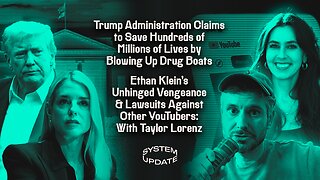 LIVE
LIVE
Glenn Greenwald
1 hour agoTrump Administration Claims to Save Hundreds of Millions of Lives by Blowing Up Drug Boats; Ethan Klein's Unhinged Vengeance & Lawsuits Against Other YouTubers: With Taylor Lorenz | SYSTEM UPDATE #553
8,751 watching -
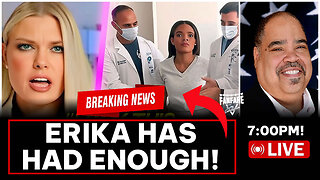 LIVE
LIVE
Barry Cunningham
1 hour agoLIVE BREAKING NEWS: Erika Kirk and TPUSA Have Had It With Candace Owens | Where Are The Children?
1,841 watching -
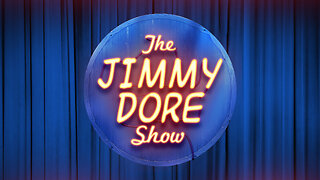 LIVE
LIVE
The Jimmy Dore Show
1 hour agoTrump Pardons DEMOCRAT Henry Cuellar! Candace SHUTS DOWN Zionist Talking Points! w/ Nick Cruse
8,155 watching -
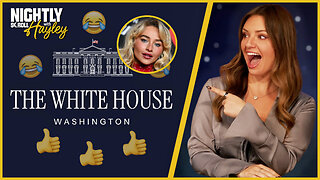 1:05:17
1:05:17
BonginoReport
2 hours agoWhite House Claps Back At Sabrina Carpenter - Nightly Scroll w/ Hayley Caronia (Ep.189)
84.2K12 -
 1:06:50
1:06:50
TheCrucible
3 hours agoThe Extravaganza! EP: 69 (12/03/25)
52.4K11 -
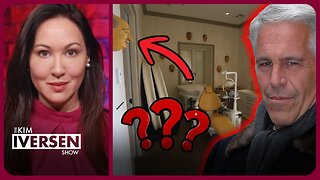 1:08:49
1:08:49
Kim Iversen
3 hours agoEpstein Island: What's With The Creepy Medical Chair and Masks?
17.9K26 -
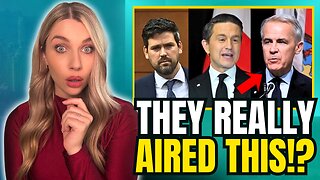 23:54
23:54
Jasmin Laine
4 hours agoCarney’s WORST Day EVER—BOOED, Fact-Checked, and Forced to FLEE the House
12.9K11 -
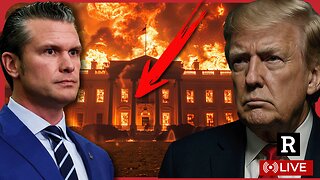 1:59:47
1:59:47
Redacted News
3 hours agoDeep State Coup Coming for Trump? New JFK Files Released and NATO Preparing Attack on Russia
151K76 -
 7:31:43
7:31:43
Dr Disrespect
9 hours ago🔴LIVE - DR DISRESPECT'S TRIPLE THREAT CHALLENGE - ARC RAIDERS • BF6 • FORTNITE
91.1K5